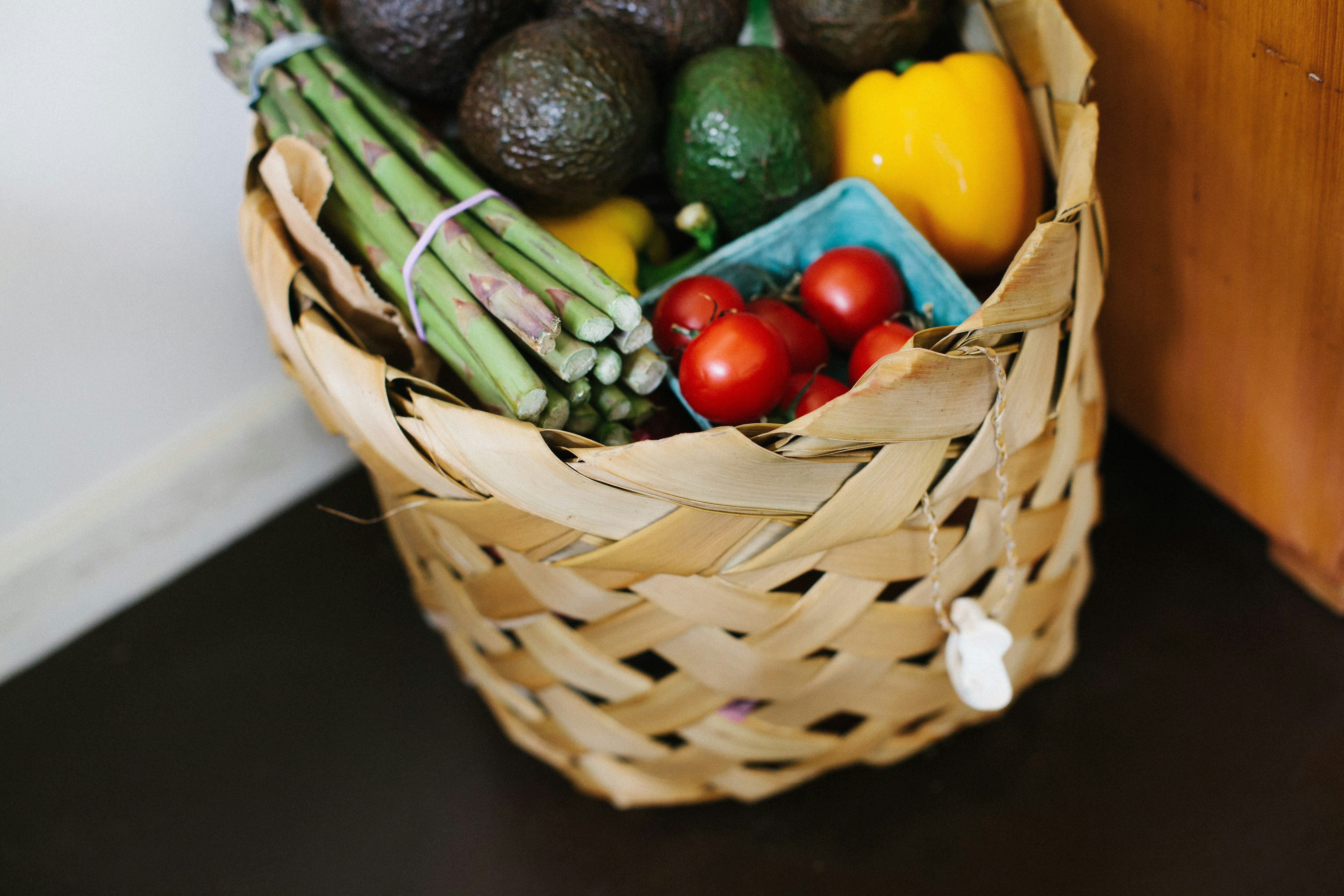
“Wild Man” Steve Brills and his daughter Violet lead educational foraging tours throughout the greater New York tri-state area, including in Central Park. Steve was arrested 30 years ago in Central Park by undercover agents on charges of criminal mischief for eating a dandelion. “That got me so much publicity that they dropped the charges, and the parks department hired me to teach foraging,” he says.
When not teaching about wild foods, Steve can often be found foraging and cooking wild meals with his eleven-year-old daughter. Violet started foraging at the age of two months and, according to her father, “knows the ins and outs of every single plant.”
I reached Steve and Violet by Skype at their home in upstate New York. They had just come in from a walk in which they found Artist’s Mushrooms and enjoyed a late first snow. They regaled me with jokes, skits, and stories as we talked. Continue reading









